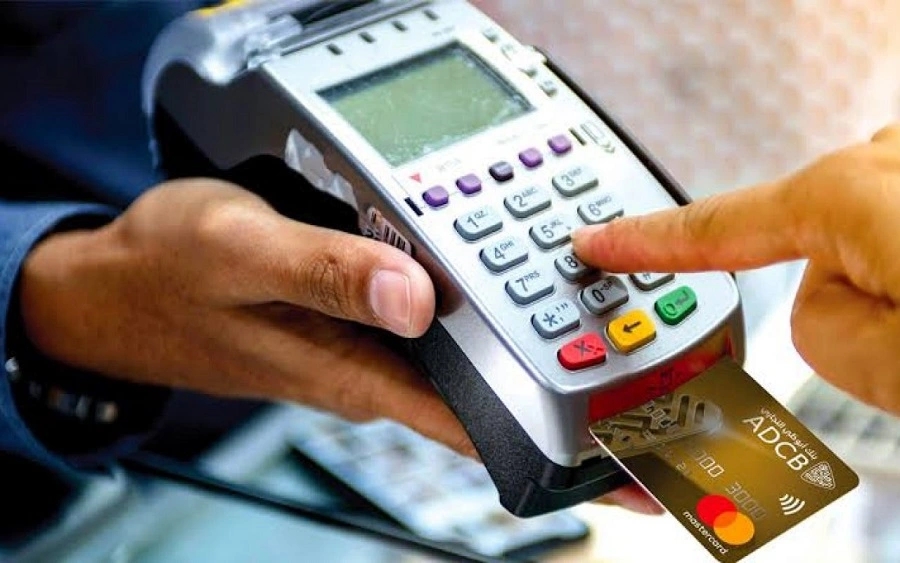It’s pretty easy to get lost in the maze of buzzwords and technical terms surrounding cryptocurrencies. Often times, such words get lost in translation even though they needn’t be. “HODL”, for example, could easily be perceived as a direction to huddle up for the next touchdown play in American football. However, it’s a slang to describe the action of holding (going long with) cryptocurrency rather than selling.
Cryptocurrencies are decentralised, encrypted digital assets that may be exchanged over a public ledger and verified through a process known as mining. Cryptocurrency may be likened unto a peer to peer payment system (like PayPal) or a debit card. What this means is that to use a cryptocurrency, you don’t need to understand the technicalities of it anymore than you would need to understand the monetary system to use a debit card. Nevertheless, a deeper understanding of the cryptocurrency and the public ledgers which it is based on, serves to provide even more benefits for the enlightened user of cryptocurrency.
There are several reasons for why cryptocurrency is different from more conventional mediums of economic exchanges. With cryptocurrency, computers execute complex algorithms to make sure that all cryptocurrency transactions on the digital ledger are verifiable, unchangeable, and extra secure from security breaches. This reduces the need for a central source of control over the network which in effect reduces risks of fraud occurring on the ledger.
In conventional economic transactions, a central source of control of the transactions often comes in the form of a middleman. In the case of a cross-border payment from South Africa to Nigeria, this may be a bank. The costs of such transactions tend to be very steep. The World Bank reported that on a global scale, the aggregate cost of sending remittance in 2017 was $30 billion! Cryptocurrency does not require a middleman (like a bank) to be exchanged. This significantly reduces the costs of such transactions.
With cryptocurrency, the person creating the transaction has a wallet which they use to transfer balances from their account (a public address) to another using a private key (password) associated with the account they use for the transfer. You could imagine the wallet as your email, the public address as your email address, and the private key as your password. As with the internet we’re used to, information of the transactions have to be stored somewhere. In the case of cryptocurrency, this somewhere, is a blockchain network, also known as a public ledger. Consider it as a record of transactions.
The transactions in a cryptocurrency exchange are uploaded to a public ledger which shows the trade volumes and the public addresses of parties to the transactions. What is neat about the ledger is that the identity of the parties to the transactions is not shown, which allows for your right to privacy on the network.
Cryptocurrencies work in similar ways to normal currencies but with even more impressive features and capabilities which are revolutionary. They are optimised by the blockchain to be secure, cheaper (and faster) for the transfer of value, and less susceptible to inflationary risks like fiat currency. With time, they have evolved and will contine to evolve. Currently, they can be programmed to carry out actions which make transactions between parties more transparent which encourages business and user confidence. How does cryptocurrency work? Cryptocurrency works for the good of humanity, one day at a time, one transaction at a time, one new HODLER at a time.
This article is in partnership with Quidax. Quidax is a European based digital assets exchange with a focus on Africa. We provide a seamless platform for users to send, receive, buy and sell cryptocurrencies using their local currencies.






















